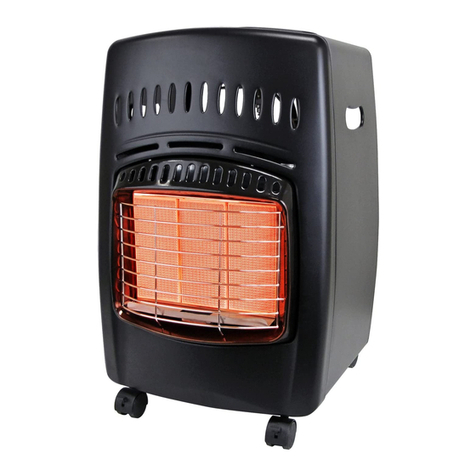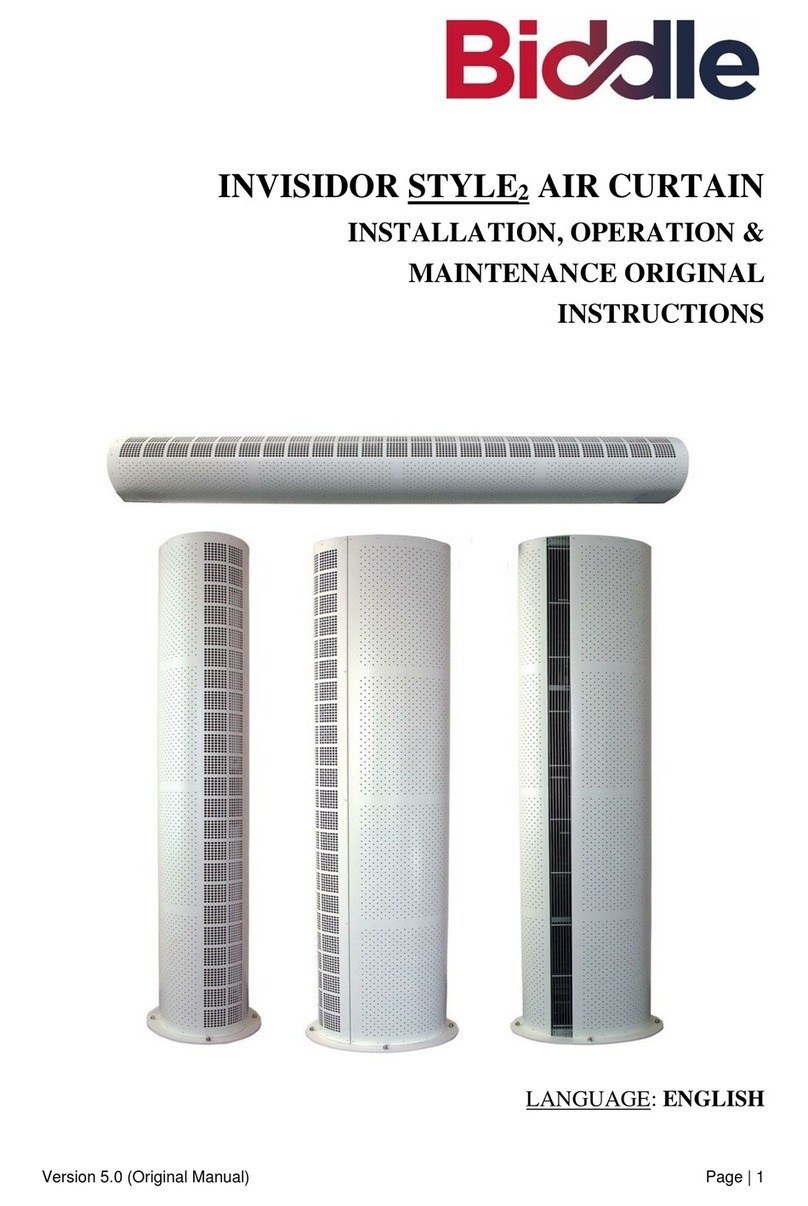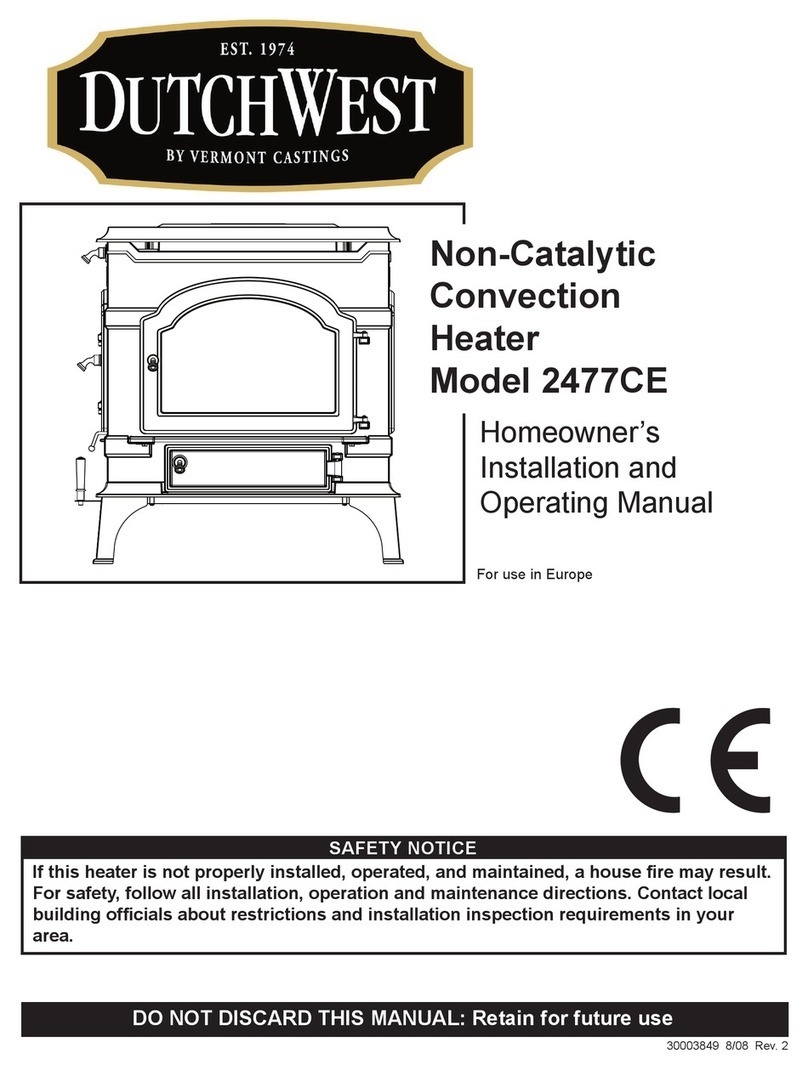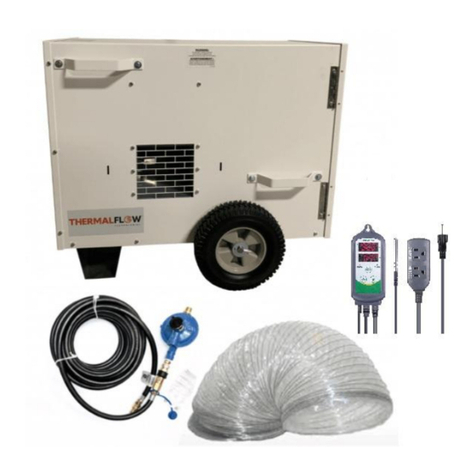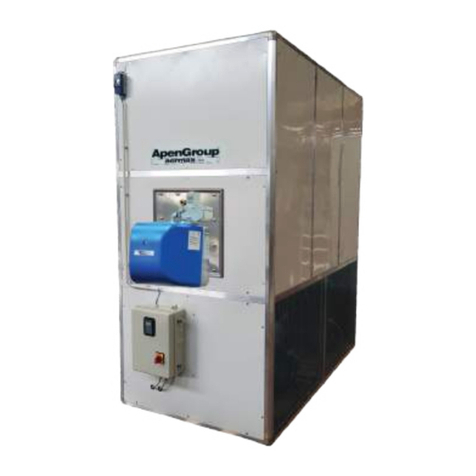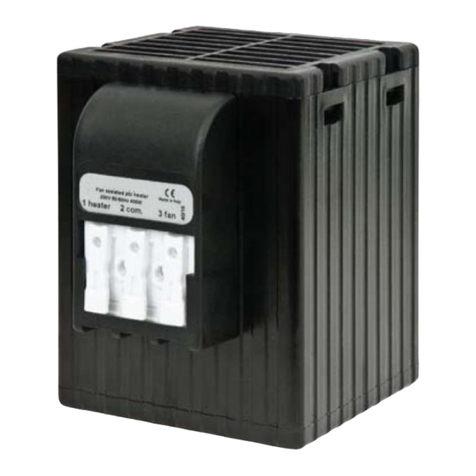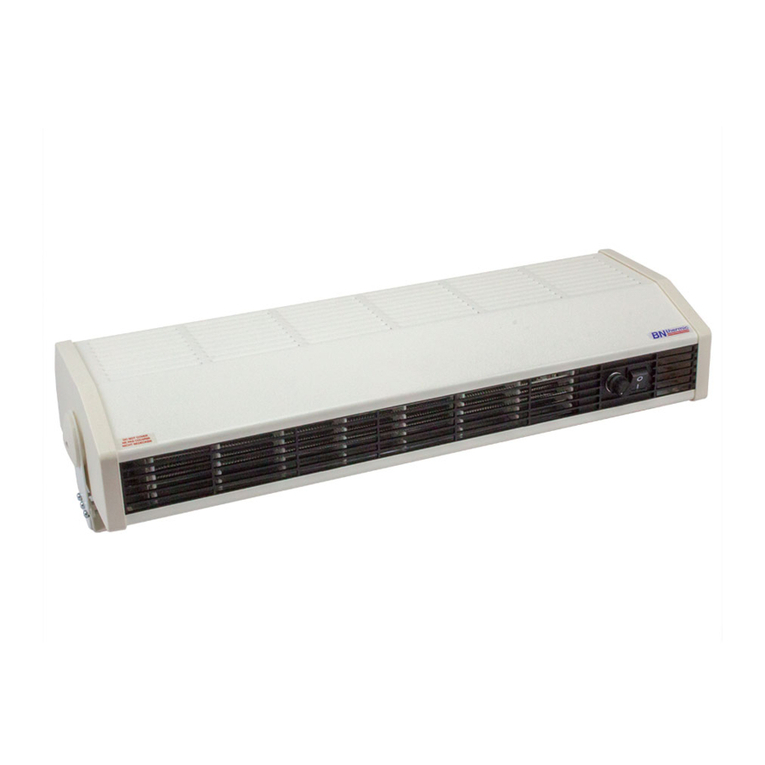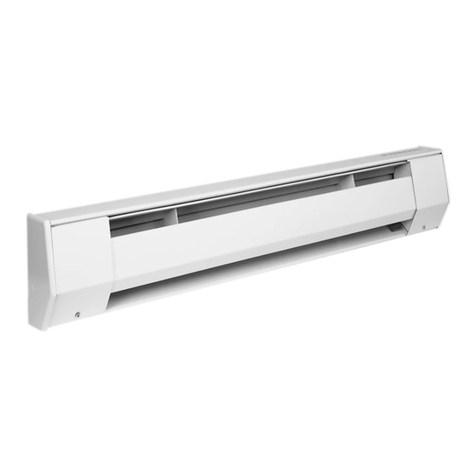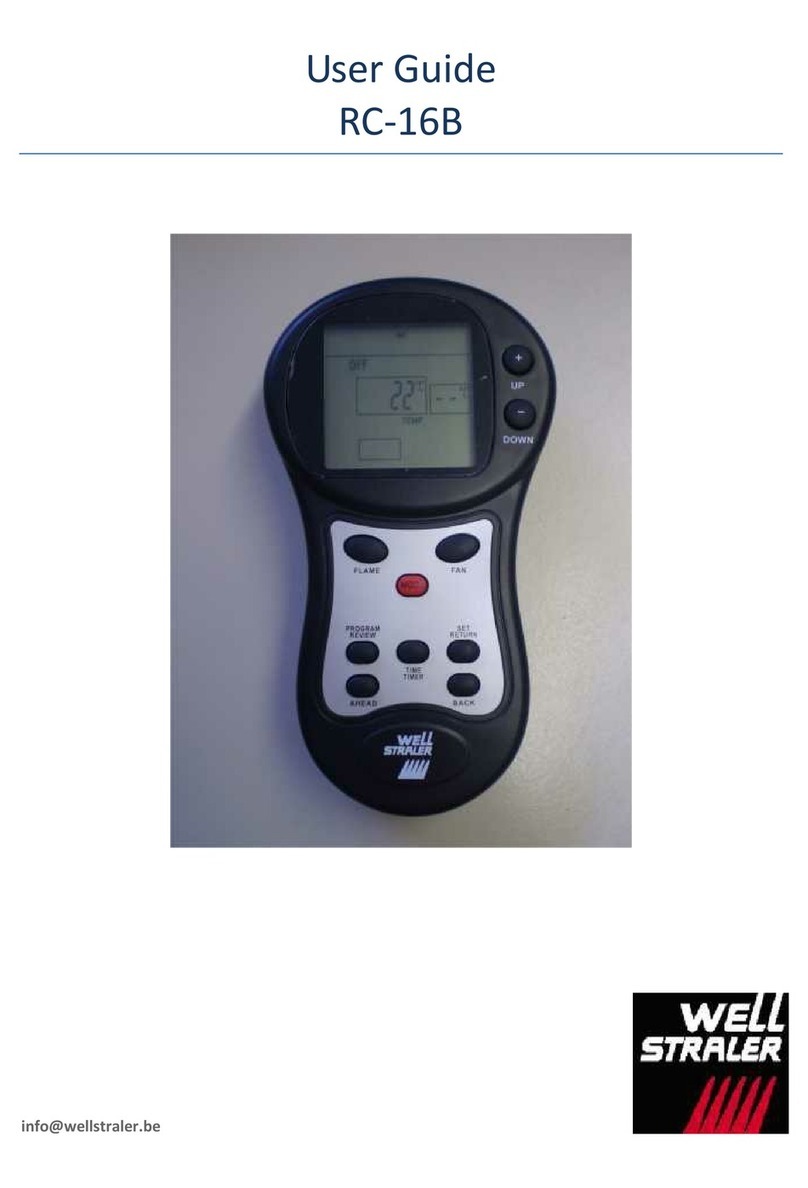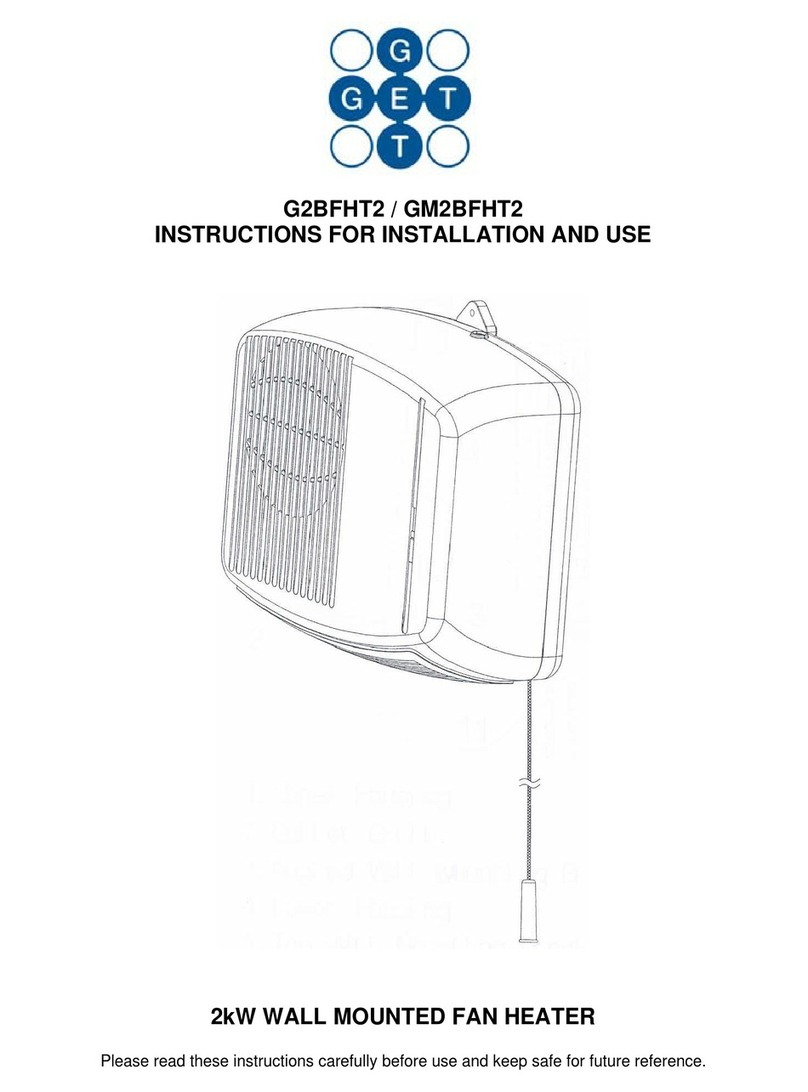Timer Operation - Models G2CHT and G2TCHT
1) These heaters are fitted with a 24hr segment timer. Each segment is equivalent to a
15 minute time interval. The timer can be preset to switch the heater ON and OFF in any
24 hour period.
2) Timer Operation
The centre of the timer has a 3 position slide switch.
In the central position (denoted by the clock symbol) the timer will switch the heater on
and off at times set by the segments, (see setting the timer, below).
The position denoted by the ‘I’, is a timer override position. The timer will continue to run
but power will be fed continuously to the heater. This enables the heater to be on all the
time if required.
In the position denoted by the ‘O’, the timer continues to run but no power is fed to the
heater.
3) Setting the Timer
Ensure the slide switch on the timer is at the mid position next to the clock symbol.
Rotate the outer ring of the timer in a clockwise direction until the current time is lined up
with the arrow pointer, i.e. if the time the timer is being set is 8pm, rotate the outer ring until
the number 20 is in line with the arrow pointer.
Set the time the heater is required to run by pulling the segments around the outer ring
forward appropriate to the running period(s) required.
When set, the heater will operate each day during the times programmed. Note, the heater
must always be plugged into a power socket, the element switches must be in the on
position and the thermostat must be suitably set to ensure the heater will come on.
If the heater is required to run continuously the slide switch on the timer should be set to
the ‘I’ position.
If it is subsequently required to revert back to timer operation, the slide switch on the timer
should be set to the central (clock) position.
Note: When using in timer mode, due consideration should be given to the fact that the
heater may come on whilst unattended.
ASSEMBLY OF THE HEATER
The heater can be either wall mounted or free standing.
+Free Standing
If the heater is to be free standing, the two feet
supplied, must first be fitted to the base of the unit.
These are attached using the 8 self-tapping screws
provided (4 for each foot). Take care that they are
positioned correctly, and screw firmly in position.
+Wall Mounting
If it is intended to wall mount the heater, the feet should not be fitted. Instead use the wall
mounting kit provided.
Chose the position to mount the heater carefully. It must not be in front of or below a power
socket. It must not be below a shelf, curtains or any other obstruction. Also refer to the
safety instructions above.
Having decided on the location of the heater, drill 2 fixing holes 8mm diameter by 43mm
deep at 396mm centres on a horizontal line at a minimum height of 400mm from the floor.
Allowance must be made for any floor coverings, carpet etc and if any skirting boards are
present, the fixing holes must be a minimum of 400mm above the top edge of the skirting
board. Using the plastic plugs and fixing screws provided, attach 2 of the fixing brackets
(1 left-handed and 1 right-handed) to the wall. The other pair of fixing brackets must be
attached to the base of the heater using the feet retaining screws so that the brackets
project out at the rear of the heater and space the bottom edge away from the wall.
If required, these brackets may also be secured to the wall using the remaining fixing
screws and plastic wall plugs. If this option is chosen it is suggested that the heater is hung
on the upper brackets and the hole positions for the lower brackets is then marked on the
wall, prior to drilling the holes for attachment purposes.
OPERATION OF THE HEATER
NOTE: When the heater is turned on for the first time, or after having not been used for a long
period, it may emit some smell and fumes. These will disappear when the heater as been on for
a short while.
Thermostat Operation - All Models
1) Insert the plug of the heater into a suitable socket.
2) Turn the thermostat knob fully in a clockwise direction to the maximum setting.
3) Turn on the heating elements by means of the rocker switches on the side panel. When the
heating elements are on the switches will illuminate. For maximum heat output both
switches should be on.
4) When the desired room temperature has been reached, the thermostat knob should be
turned slowly anti-clockwise until the thermostat is heard to click off and the lights on the
element switches are seen to go out. After this the heater will keep the air temperature in
the room at the set temperature by switching on and off automatically.
5) In it’s minimum (fully anti-clockwise) position, the thermostat provides a frost guard position.
In this position (depending on the size of the room) the heater will maintain the temperature
above freezing.

